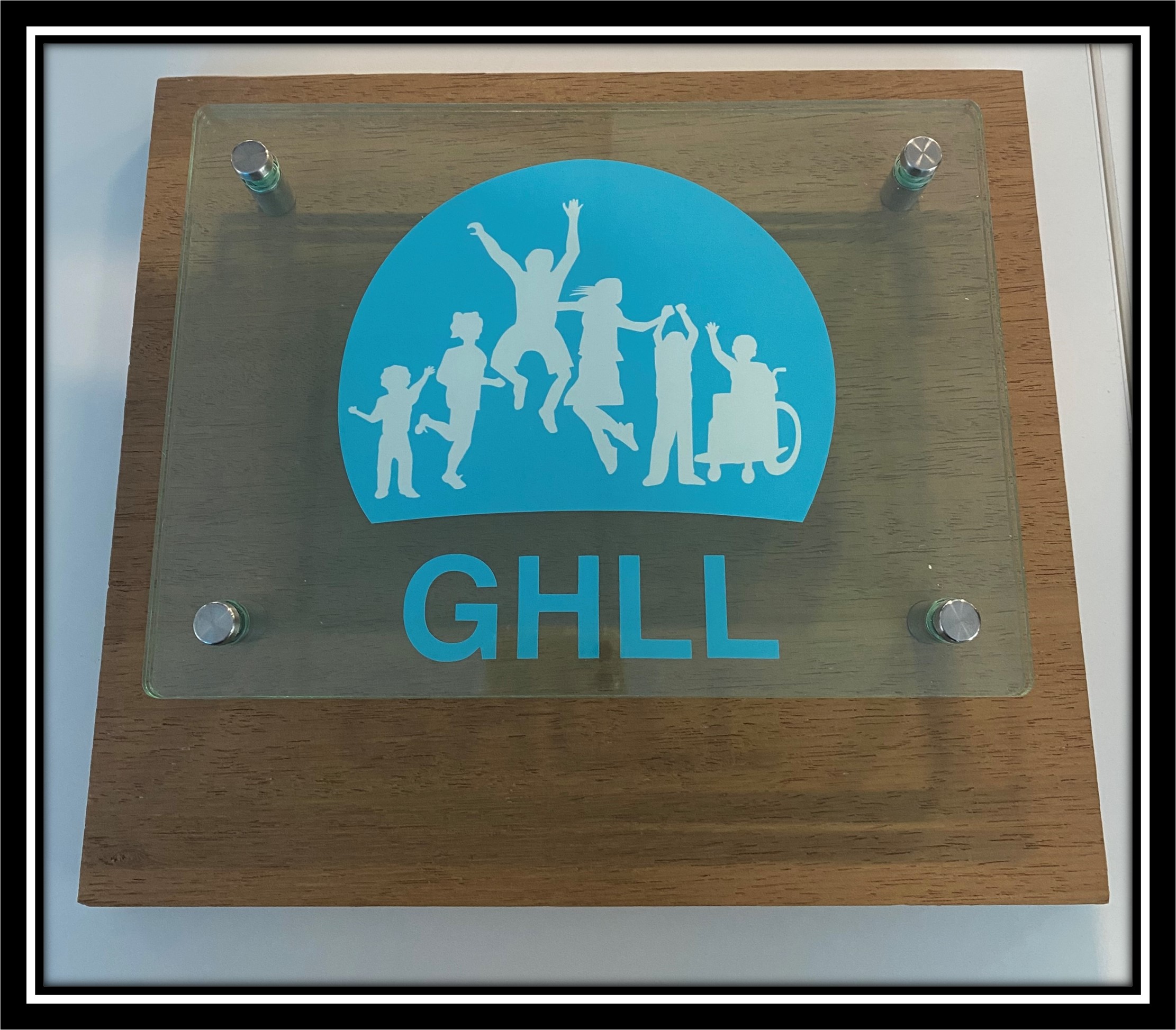The GHLL Healthy Schools / FE Award

What is the GHLL Healthy Schools / FE award?
The Gloucestershire Healthy Living & Learning Healthy (GHLL) Schools Award was created over ten years ago following the closure in 2010 of the National Healthy Schools programme. It has been designed by teachers for teachers in all educational settings to collate, showcase and celebrate their policy and practice in relation to health and wellbeing. It is free, and schools and colleges are supported by their GHLL Lead Teacher. By participating in the award process, this will enable you to audit your current whole school approach to health and wellbeing, highlighting strengths and areas for development.
How do I get started?
GHLL has a team of Lead Teachers who are there to support schools and colleges with their health and wellbeing provision. If you are interested in working towards the award, then the best starting point is for you to contact your Lead Teacher who will be more than happy to meet you and talk you through what is involved. In addition, we also deliver regular award workshop sessions.
What do I need to do to achieve the award?
The award is comprised of two parts – the GHLL Review and the targeted interventions.
The GHLL Review is an online audit of your setting’s health and wellbeing provision and is divided into six sections:
- School Ethos
- Teaching & Learning
- Healthy Eating
- Physical Health
- Emotional Health and Wellbeing
- SMSC
On successful completion of the Review, you will need to submit a minimum of two targeted interventions, both with a health-related outcome. At least one of these must have a mental health focus. Examples of outcomes you might be working towards can be found here.
Using our online planning and reporting tool you will be asked to document your interventions, stating what you did, the impact it had on children/young people and give quantitative information on the numbers of students who have made progress against the outcomes.
How do we know when we are ready to submit?
Your Lead Teacher will work in partnership with you to ensure that your submission accurately reflects and celebrates all the good work your setting is doing to promote health and wellbeing. They will regularly check in with you, monitoring your progress with the review and interventions and let you know when you are ready to submit.
When are the award submission dates?

There are three award submission dates each year, occurring towards the end of each ‘big’ term. Current submission dates can be found here.
Your submission will be taken to a Quality Assurance Group made up of GHLL staff and external partners to check that it meets the required standard. If successful, your setting will receive a GHLL award plaque which you can proudly put on display!
What happens once my school/college has obtained the award?
The award will last for three years so you will need to submit for reaccreditation after this period. To do this you will need to update your Review and run two or more new interventions.
Some settings go on to submit for the GHLL Mental Health Champions (MHC) Award. Through this award they can highlight their high-quality whole school provision to support the mental health and wellbeing of staff, pupils, and the wider school/college community. You can find out more about the MHC award here.
Was the information on this page helpful? 


